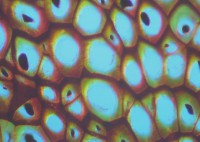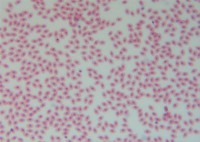
Twenty-five years ago breast cancer was considered a fatal diagnosis. But medical advancements and aggressive screening programs have resulted in a dramatic 34% drop in fatality rates and an astounding 98% increase in five-year survival rates. There are now more than 2.9 million breast cancer survivors enjoying life in America today!
Despite the amount of publicity breast cancer generates, many myths remain. Today, we continue our previous post separating fact from myth:
Truth About Mastectomy
Myth: Preventive mastectomy is the best way to prevent breast cancer if you carry the BRCA gene mutation.
Fact: Many cancer treatment experts feel that actress Angelina Jolie’s highly publicized decision to have both breasts removed after discovering that she carries the BRCA mutation did women a disservice. In the wake of her decision, fear of BRCA soared along with demand for preventive mastectomies.
Each breast cancer case is as unique as the woman it affects and demands a personalized approach to treatment. Treatment decisions should not based on the celebrity decisions but should be made in consultation with your cancer specialist. Mastectomy is only one breast cancer treatment option and is not warranted in many cases, even for women who carry the BRCA genetic mutation.
Better Treatment Options
Myth: Surgery, chemotherapy and radiation are the only ways to treat breast cancer.
Fact: The debilitating side effects of traditional cancer treatments have more breast cancer patients turning to integrated immunotherapy, either as a primary or complementary treatment. In combination with traditional treatments, many immunotherapy patients experience fewer and less severe side effects, faster recovery and better health after treatment.
Visit our website to find out more about immunotherapy treatments for cancer.





